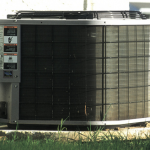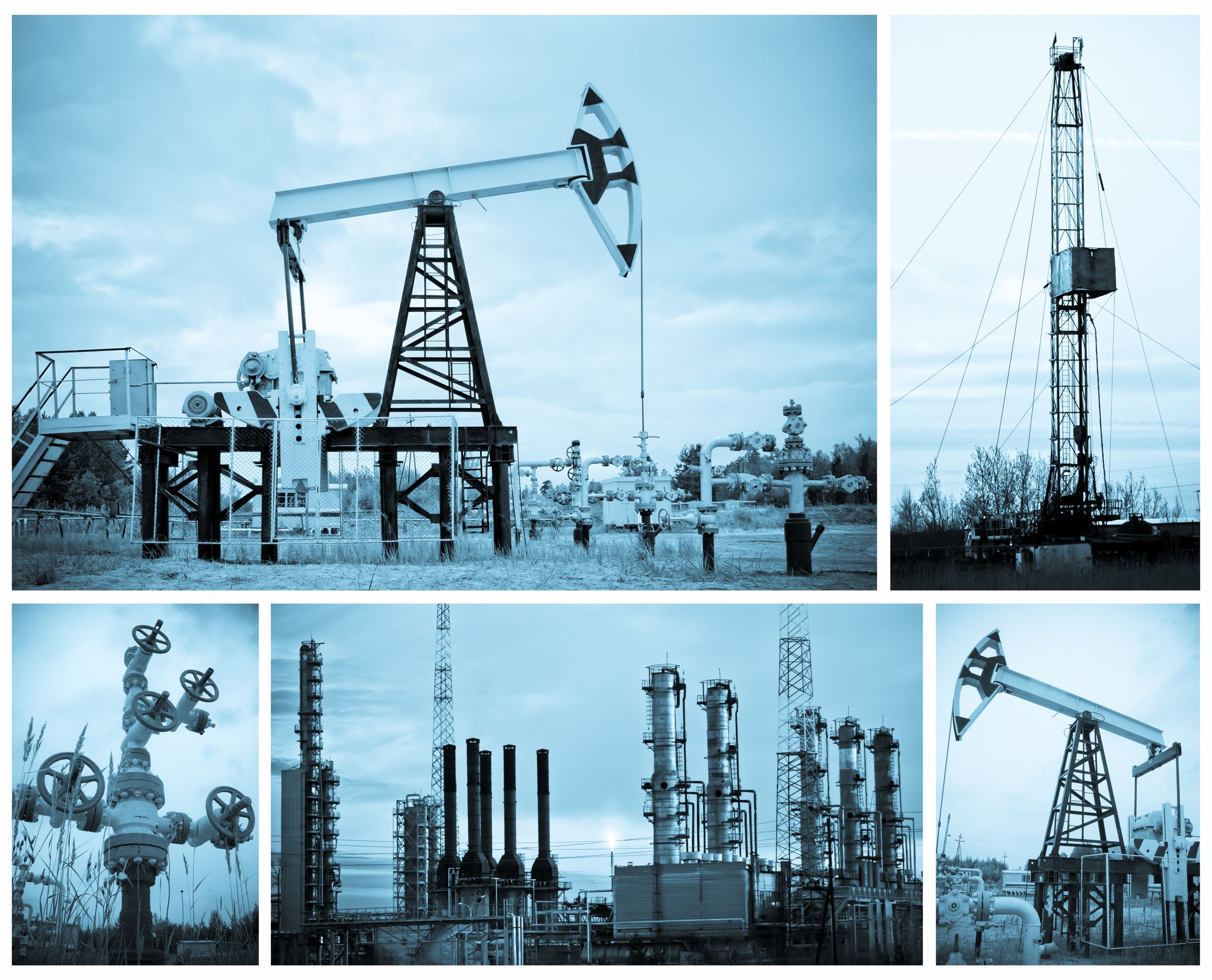Hydraulic systems are used in a wide range of different applications across a great many industries. Hydraulic systems are used to power automated production systems in plants and production facilities, to power tools and equipment on construction sites, and to provide hydraulic power to various systems and equipment in the Texas oil fields.
Having the right hydraulic hoses for the specific application is important, but it is equally critical to ensure the best choice in quality industrial hose fittings. Choosing cheap fittings or poorly made fittings can lead to leaks, system failures, increased downtime and loss of production, as well as the risk of damage to equipment and systems.
What to Consider When Selecting a Fitting
Not all fittings that work with the specific type of hydraulic hose in use are the right type of fitting for the job. A simple way to remember what to check with the fitting is to use the acronym of STAMP.
STAMP stands for size if the hose, high and low temperature, application specifics, media through the hose, and the pressure the system operates on. Keep in mind, the pressure needs to be the peak pressure level, and it is essential to avoid choosing a fitting based on the average pressure of the system.
There are differences in the materials used in industrial hose fittings. Stainless steel, brass, or steel options in industrial hose fittings are the most common in the oil fields of Texas, while other applications may also use plastic fittings. Plastic is particularly effective with low pressure and the need for highly corrosion resistant fittings, which is often seen in production and processing applications.






